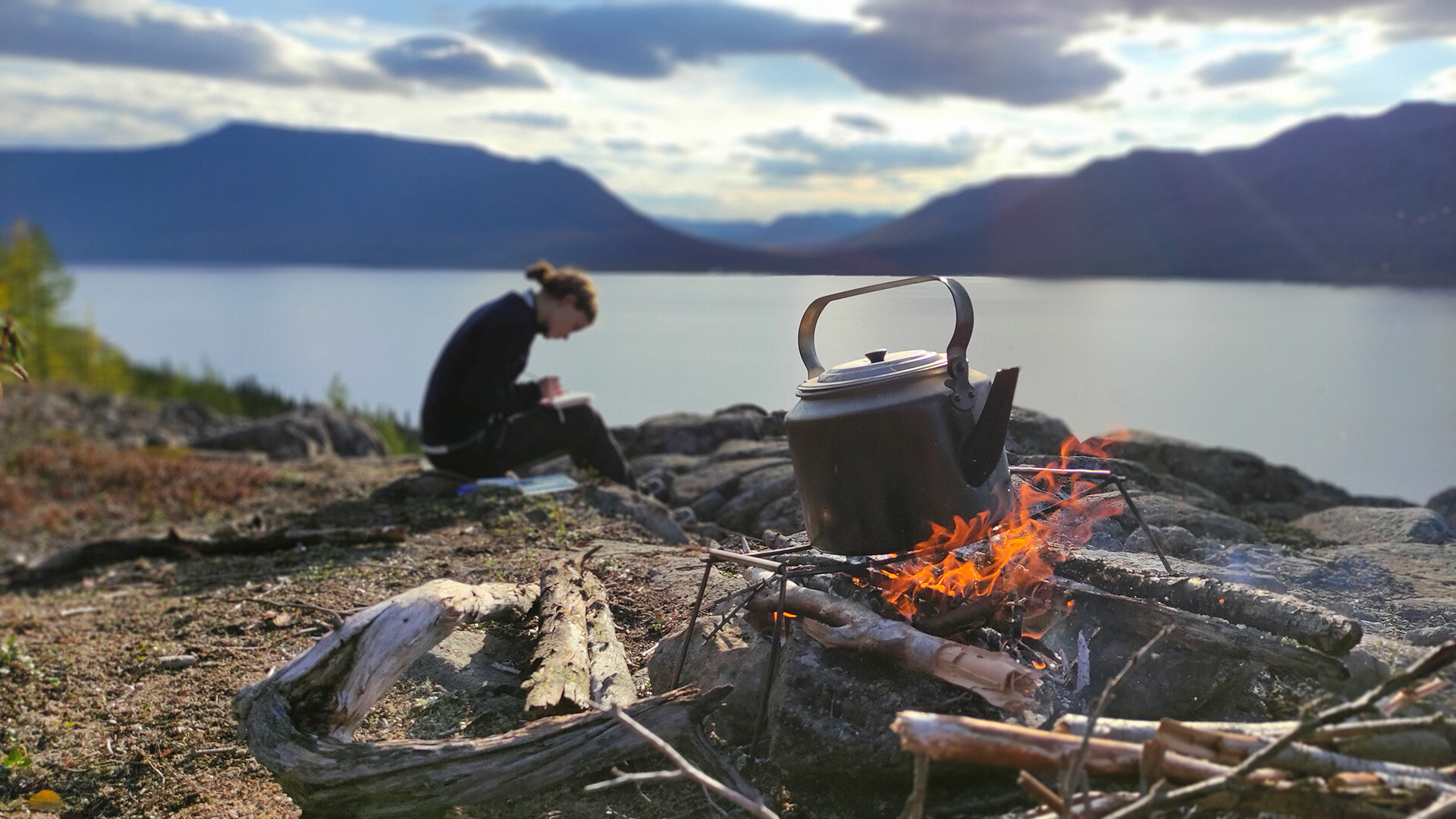
A cozy evening on the Putorana Plateau.
Panarcticstar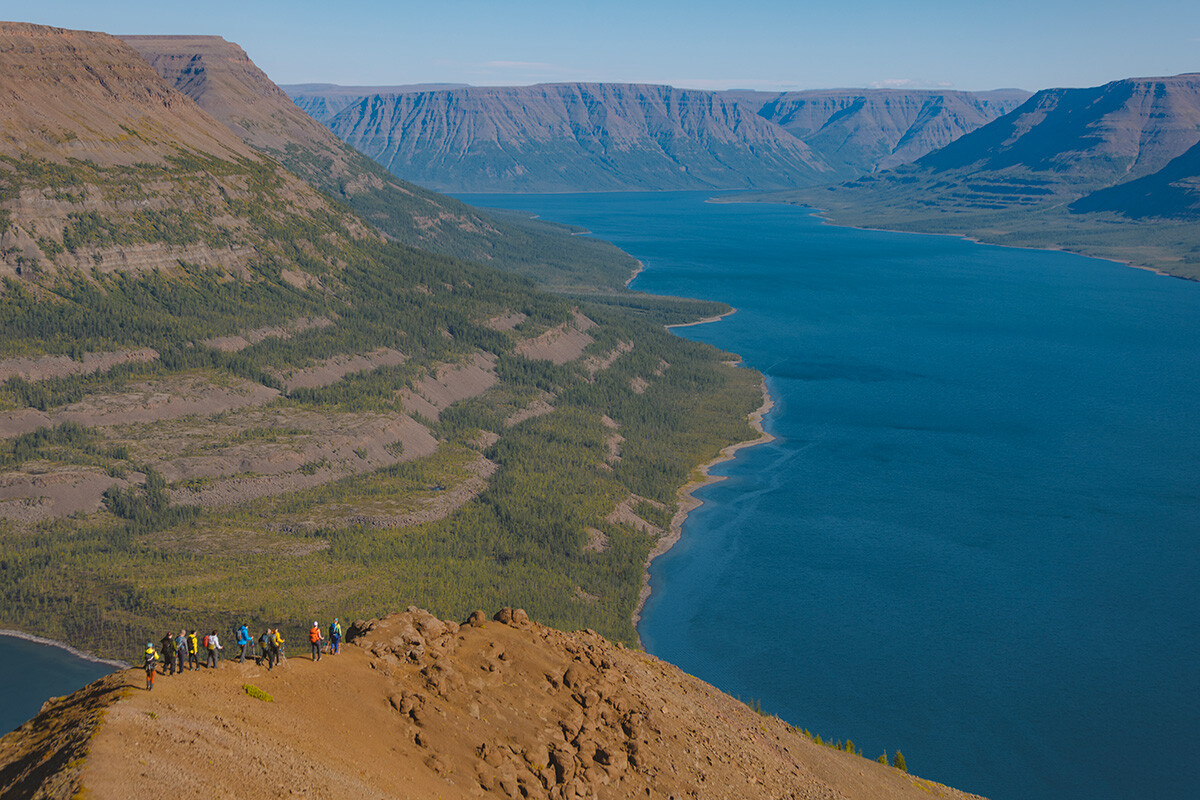
Exploring the Plateau.
PanarcticstarThe Putorana Plateau on the Taymyr Peninsula looks literally like something from a different planet. Imagine fantastical landscapes with numerous flat-topped mountains, intersected by waterfalls and deep gorges. And all this in the Arctic tundra. So, what is there to see on the Putorana Plateau?
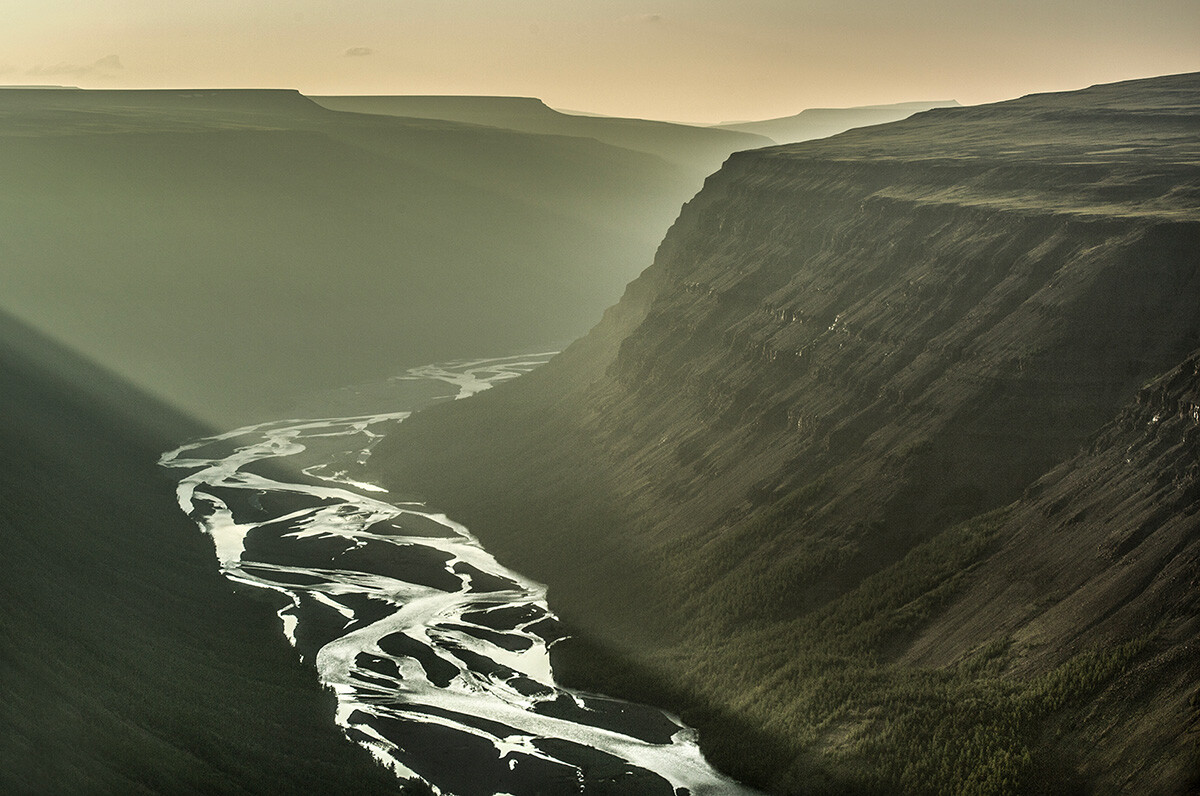
Hibarba River. Vyacheslav Shut and Maxim Shapovalov.
Nornickel Department of Public AffairsThe plateau itself is a huge mountain range covering an area of 250,000 square kilometers - in other words, about the size of the whole of Great Britain or New Zealand or almost as large as Ecuador. It would take more than a lifetime to visit all the beautiful places on the plateau. But, there are a few major attractions that all tourists are keen to see.
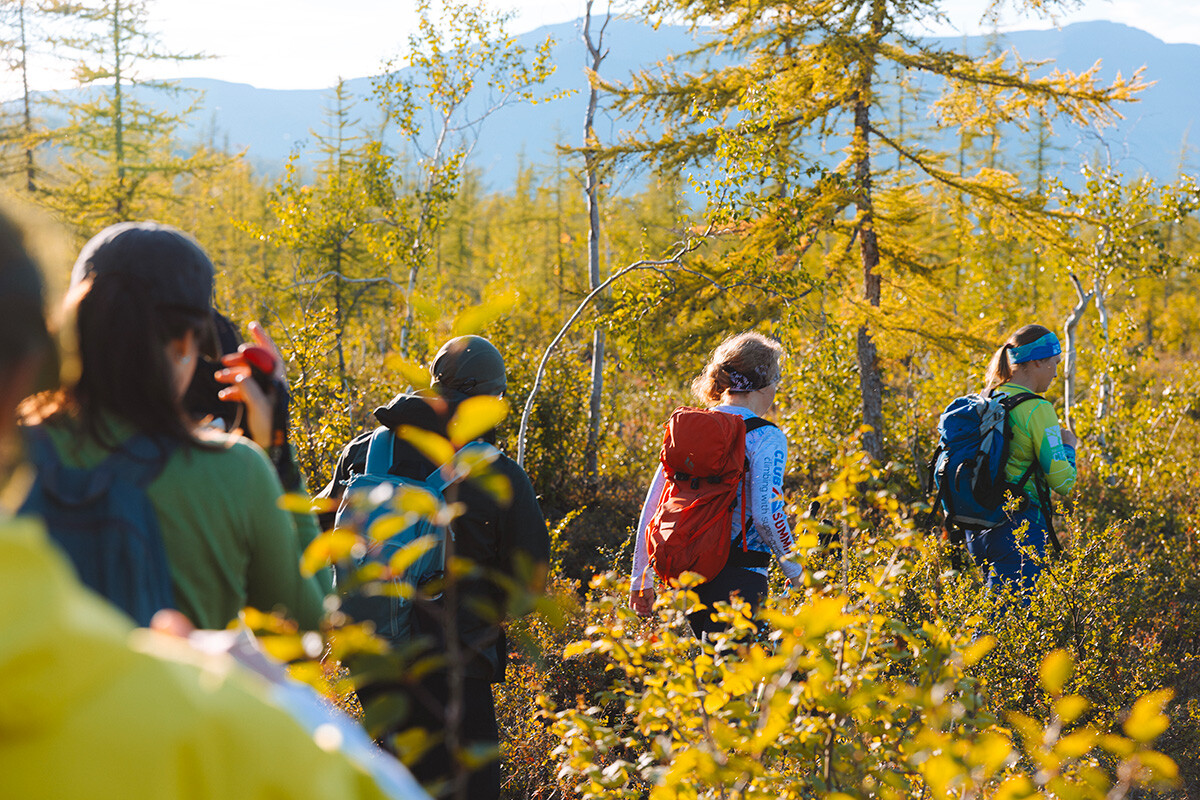
Into the wild.
PanarcticstarRussia’s geographical center - Lake Vivi - is located on the plateau. It is the largest freshwater lake in the region and locals even call it the “local Baikal”. It has an elongated shape: 90 km long and measuring 4 km across at its widest point. For much of the year, the lake is covered with ice, because of the extremely cold weather conditions. The water stays cool even in July.
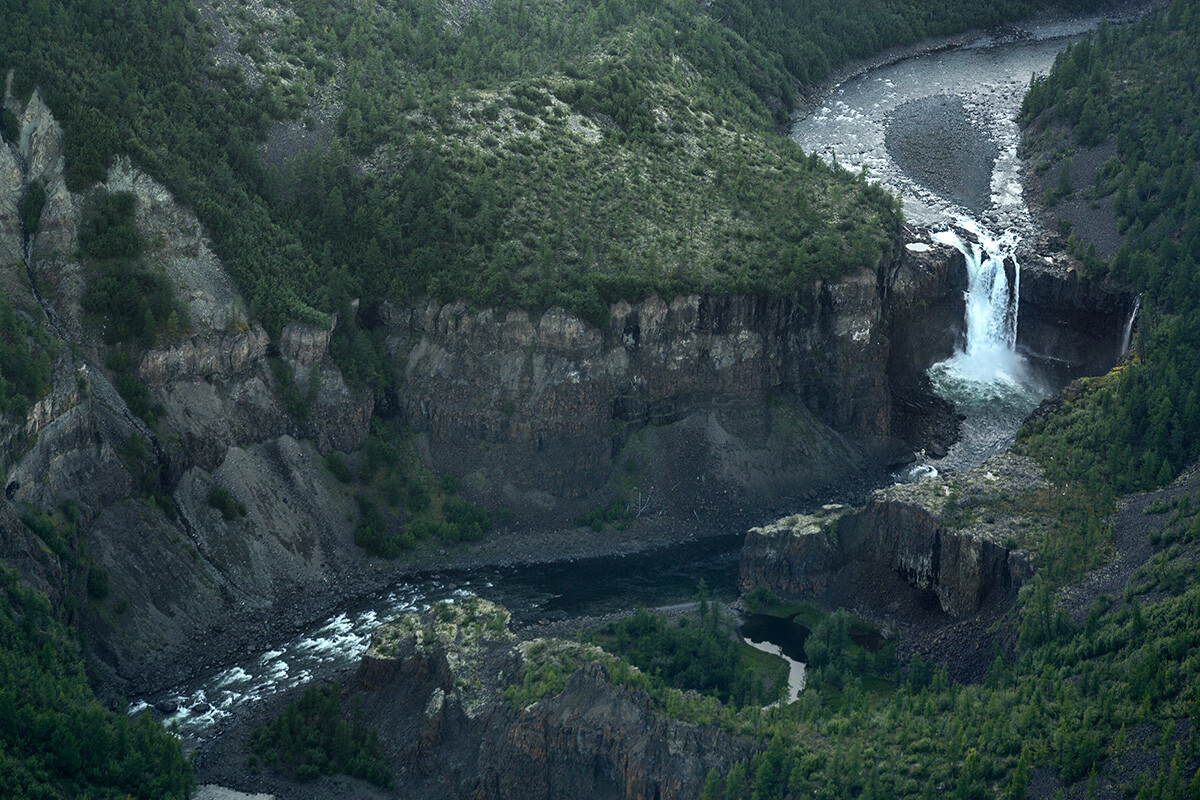
A waterfall on the Moya River. Vyacheslav Shut and Maxim Shapovalov.
Nornickel Department of Public AffairsThe Putorana Plateau has the greatest concentration of waterfalls in the country. Russia’s highest waterfall - Kandinsky - is made up of a whole cascade of waterfalls which crash down into a river below.
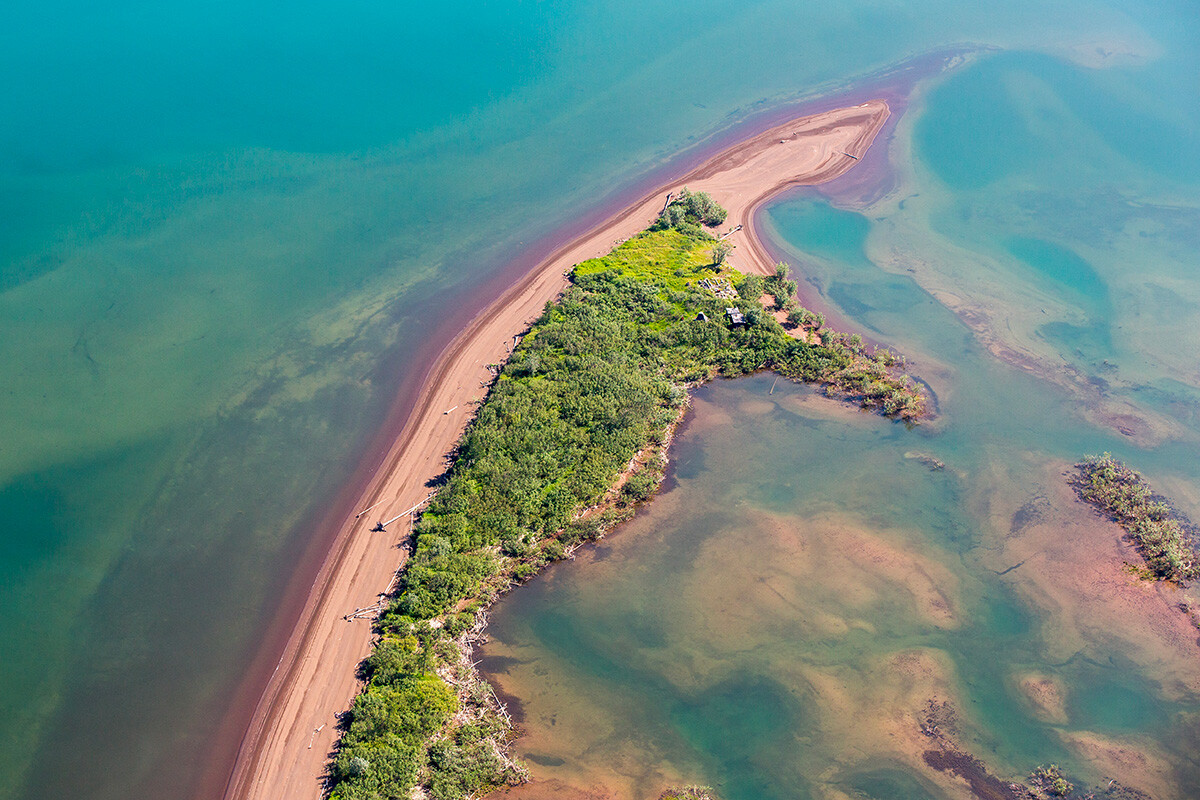
Lakeshores in the western part of Keta Lake. Denis Simonov.
Nornickel Department of Public AffairsIt is named not after the famous artist, but after the River Kanda into which it flows. The biggest free-falling “plunge waterfall” is 108 meters in height.
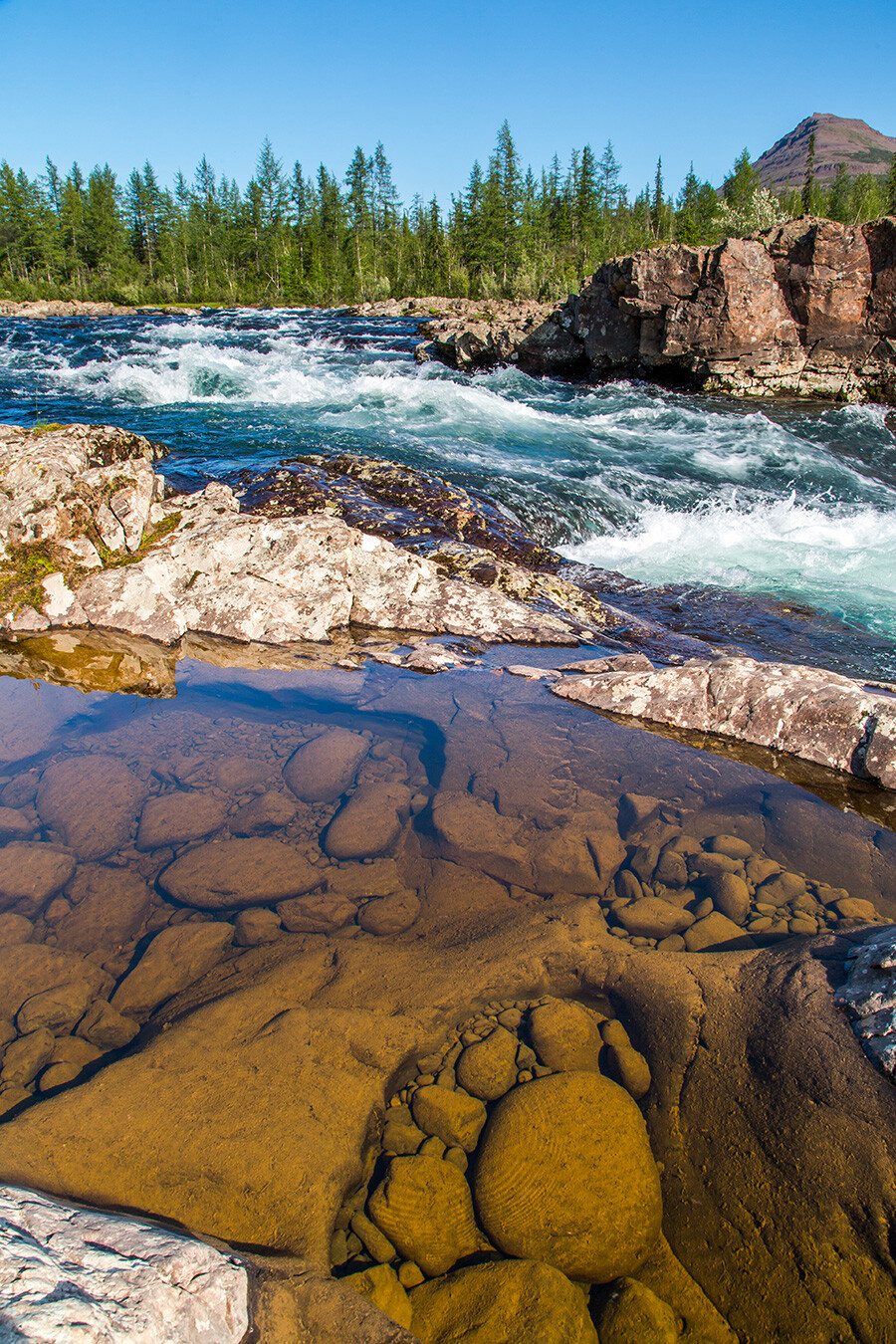
River-Dulismar. Denis Simonov.
Nornickel Department of Public AffairsA bit of mystery surrounds it, too. In late December or early January every year, the local weather station periodically registers spiral-shaped glowing rings in the sky in the vicinity of the waterfall. What are they?
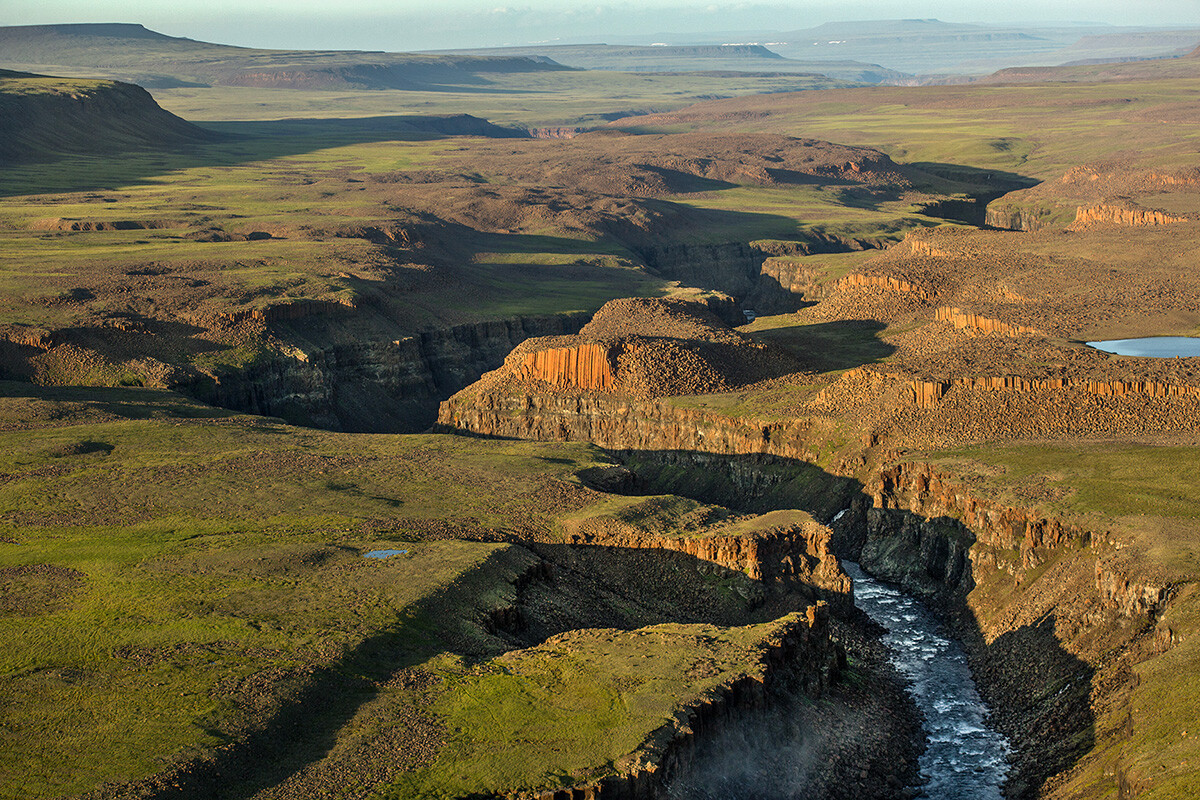
Oransky Canyon. Vyacheslav Shut and Maxim Shapovalov.
Nornickel Department of Public AffairsOne of the sites most accessible to tourists (relative to the others, of course) is Lake Lama, which was discovered by explorers in the early 20th century. It can be reached from Norilsk by motorboat in just five hours. It is one of Russia’s deepest lakes, with a known depth of more than 200 meters and also one of the most picturesque, set as it is among mountains and gorges.
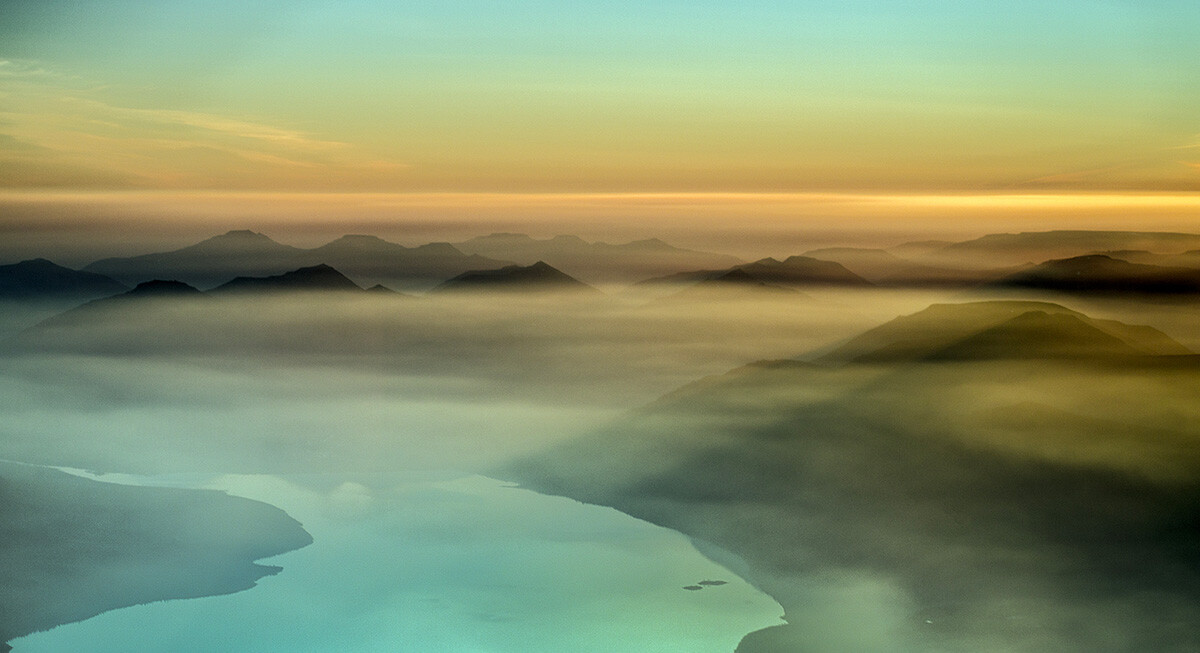
Lake Lama. Vyacheslav Shut and Maxim Shapovalov.
Nornickel Department of Public AffairsThe Putorana nature reserve, which covers about 19,000 sq. km., is a conservation area for rare species of animals (for instance, snow sheep and wild reindeer), as well as for the unique tundra scenery.
The Putorana Plateau is very underexplored to date: It is full of places where (it seems to visitors today) no human has ever set foot. But, because of that, travelers sometimes find quite extraordinary things. For instance, there are traces of old Evenk camps and also the remnants of their ancient ceremonial and everyday artifacts (idols and sleds, respectively). These are particularly numerous in the area of lakes Lama, Melkoye and Glubokoye.
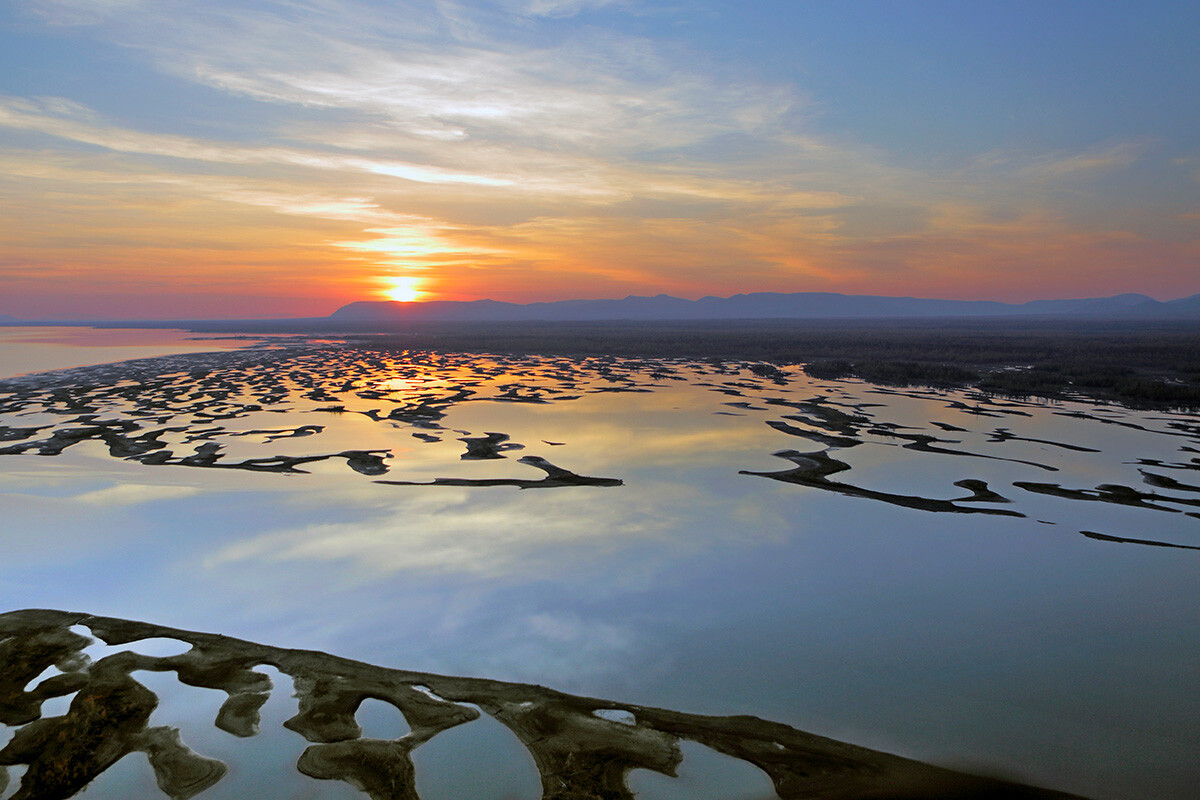
Lake Lama. Viktor Matasov.
Nornickel Department of Public AffairsAmong the unexpected discoveries, one can mention two railway lines, each five km in length. It is not very clear where they led to and how and why they were constructed, but researchers exploring the plateau believe they may have something to do with the ALSIB air route dating back to the Great Patriotic War.

Lama Mountains. Vyacheslav Shut and Maxim Shapovalov.
Nornickel Department of Public AffairsDespite the fact that the Putorana nature reserve is one of the most inaccessible locations on the Eurasian continent, many travelers dream of visiting. It attracts both hikers, rafting enthusiasts drawn by the area’s whitewater rivers and people who come to photograph the unexplored wilderness.
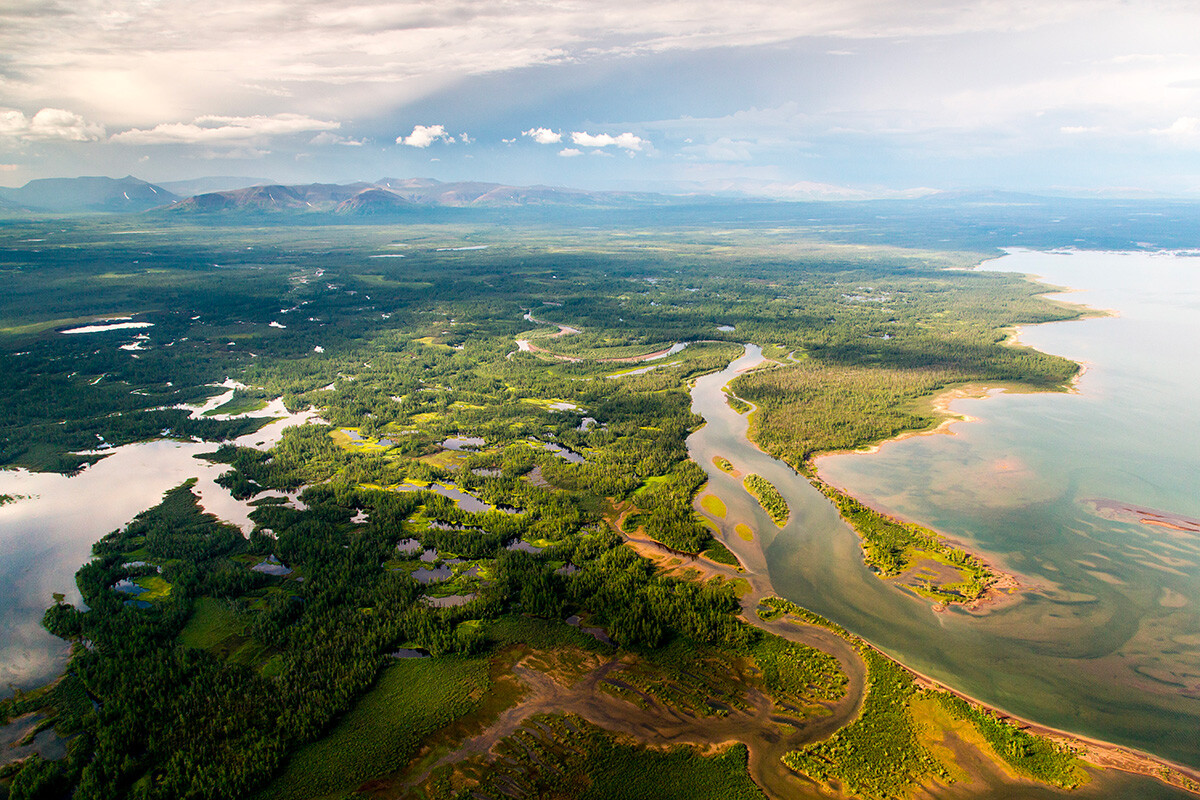
Foothills of the Putoran. Denis Simonov.
Nornickel Department of Public AffairsThe nearest city is Norilsk, which can only be accessed by helicopter or motorboat, although certain parts can be reached by all-terrain vehicle or on foot. Outside populated areas (approximately 30 km from the city), there is virtually no mobile phone signal. There is no public transport there either, of course. For these reasons, it is safest of all to visit the Putorana Plateau as part of a tour group. Don’t forget that foreign citizens wishing to visit Norilsk and the plateau need to get a special permit. And everyone is required to obtain permission for a visit to the territory of the Putorana nature reserve itself.
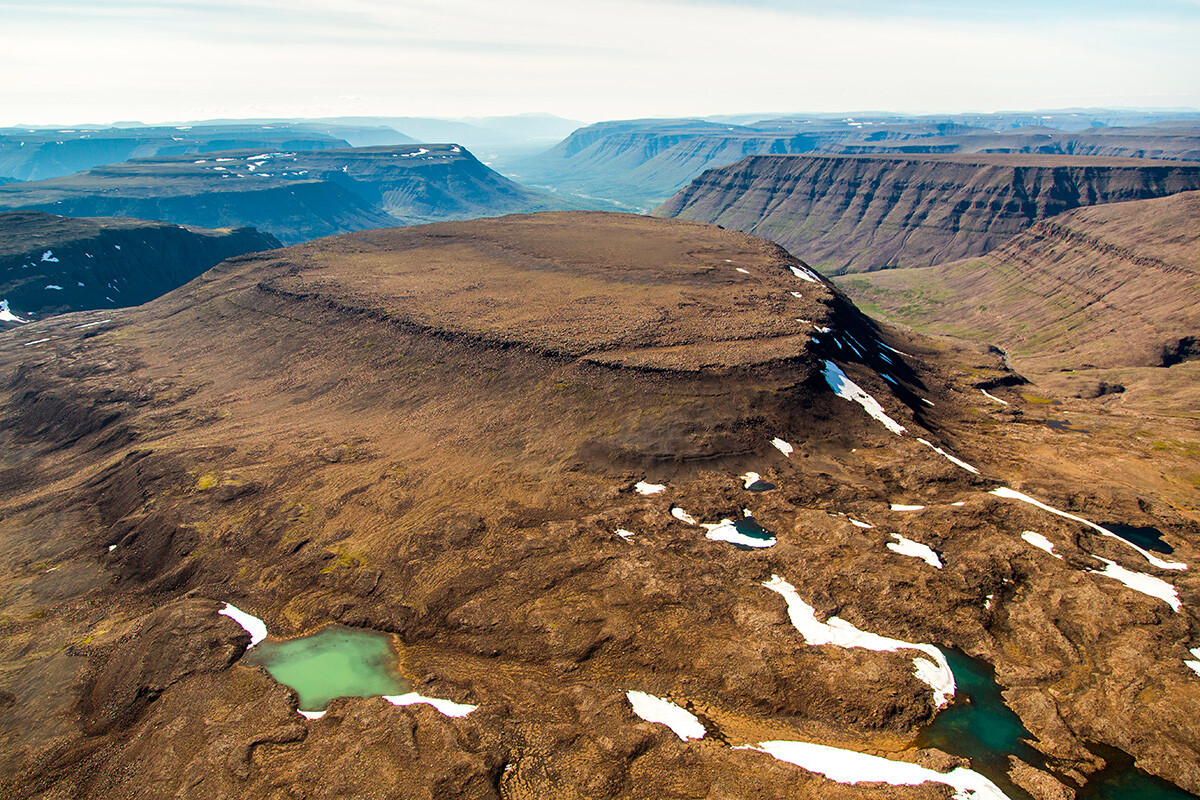
Akyrma Mountains. Denis Simonov.
Nornickel Department of Public AffairsDear readers,
Our website and social media accounts are under threat of being restricted or banned, due to the current circumstances. So, to keep up with our latest content, simply do the following:
If using any of Russia Beyond's content, partly or in full, always provide an active hyperlink to the original material.
Subscribe
to our newsletter!
Get the week's best stories straight to your inbox